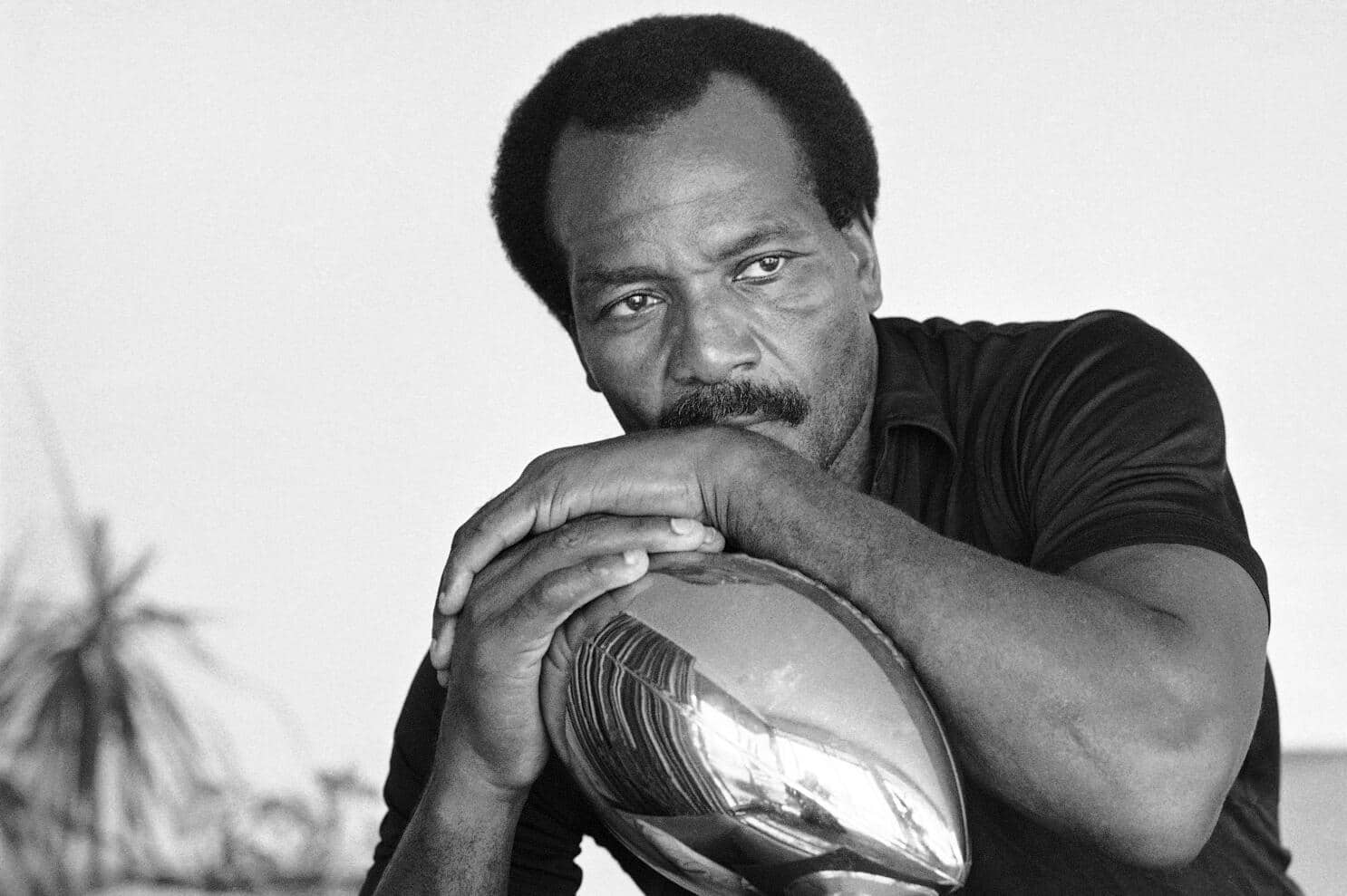Many people know Jim Brown as a legendary NFL player, but his journey to greatness began long before his professional career.
Understanding his educational background provides valuable insights into the man behind the football icon.
This article will explore Jim Brown’s academic journey from his early years through college. We’ll examine how his school experiences shaped his character and athletic prowess.
You’ll learn about his high school years, where he excelled in multiple sports, and his transformative time at university, where he faced challenges and achieved remarkable success both on and off the field.
By the end, you’ll have a fuller picture of how education played a crucial role in forming one of the most influential athletes in American sports history.
Jim Brown’s Early Education and High School Experience
Jim Brown’s path to greatness began in St. Simons Island, Georgia, where he was born in 1936. His early years were spent in this coastal community, which he later credited for fostering his self-reliance.
At the age of eight, Brown moved to Manhasset, New York, with his mother.
This move marked a significant shift in his life and education. At Manhasset Secondary School, Brown’s athletic talents began to shine.
Brown’s high school years were marked by extraordinary athletic achievements. He earned an impressive 13 letters across five sports: football, lacrosse, baseball, basketball, and track.
This versatility showcased his natural athleticism and dedication.
His upbringing in both the South and North, combined with his diverse athletic experiences in high school, laid the foundation for Brown’s future success.
These early educational and athletic experiences helped shape him into the well-rounded and formidable athlete he would become.
Path Through College and University
Jim Brown’s college journey at Syracuse University was groundbreaking. In 1953, he was one of the few Black students there and the only Black player on the football team as a freshman.
Brown faced many challenges. He was treated differently, living apart from other athletes and hearing mean comments from teammates and rivals. But he didn’t give up. Instead, he became one of the best players on the team.
Brown was good at more than just football. He played many sports, including lacrosse. He was so good at lacrosse that they had to change the rules because of him.
Even with all the pressure from sports and unfair treatment, Brown did well in his studies, too. He worked hard in class and on the field.
In his last year, Brown became an All-American in football, which means he was one of the best players in the country.
Brown’s time at Syracuse helped him get ready for his future. He learned how to deal with tough situations and still do his best.
This helped him later in his life, both in sports and in other things he did.
Influence of Education on His Career
Jim Brown’s education at Syracuse University profoundly shaped his sports career and life approach.
His time there wasn’t just about athletic training; it provided intellectual development that proved crucial both on and off the field.
Brown’s academic experience fostered critical thinking and decision-making skills that translated directly into his football career.
The discipline required to balance academics and multiple sports strengthened his focus and time management abilities.
This mental agility allowed him to analyze situations quickly, anticipate plays, and make split-second decisions under pressure.
The intellectual rigor of his education molded Brown into a natural leader. He approached football with the same intensity and attention to detail as his studies, setting him apart as a strategic player.
His ability to manage complex schedules and prioritize tasks prepared him for the demands of professional sports and beyond.
Brown’s educational background also influenced his post-sports career choices. The analytical skills and broad knowledge base he developed at Syracuse enabled him to navigate diverse fields successfully.
From acting to civil rights activism and business ventures, Brown’s intellectual foundation allowed him to make informed decisions and advocate effectively for societal change.
Jim Brown’s Intellectual Pursuits Outside Sports
Jim Brown’s influence extended far beyond the football field, as he used his platform and intellect to engage deeply in social activism.
He emerged as one of the most prominent athletes to take a stand on racial and economic issues during the turbulent 1960s and beyond.
A key initiative in Brown’s activism was the establishment of the Black Economic Union (BEU).
This organization aimed to foster economic independence for African Americans by empowering minority-owned businesses and providing resources to economically disadvantaged communities.
Brown’s commitment to social change also manifested in his work with at-risk youth and gang members.
He developed programs focused on rehabilitating young people, promoting life skills, and fostering personal growth. His efforts culminated in mediating peace treaties between rival gangs, most notably the Watts truce in Los Angeles.
The Cleveland Summit of 1967 marked another significant moment in Brown’s activism.
This gathering of prominent African American athletes and leaders supported Muhammad Ali’s refusal to be drafted into the Vietnam War.
Brown’s intellectual foundation, shaped by his experiences and education, played a crucial role in his approach to activism.
His understanding of socio-economic issues helped him develop strategies to address systemic problems in Black communities.
Brown’s activism wasn’t just about protesting; it was about creating actionable solutions, drawing from his analytical thinking and leadership abilities.
Major Accomplishments
- Pro Football Hall of Fame Induction (1971): Recognized as one of the greatest football players in history, inducted into the Pro Football Hall of Fame.
- U.S. Lacrosse Hall of Fame Induction: Honored for his extraordinary lacrosse career, where he dominated the sport and even prompted rule changes.
- NFL Career Milestones: First player to rush for over 10,000 yards, retiring with 12,312 rushing yards; won three NFL MVP awards (1957, 1958, 1965); set numerous records, including most rushing yards in a season and total touchdowns.
- Multiple All-Pro Selections and MVP Honors: He was named to the All-Pro team eight times and earned nine Pro Bowl selections during his career.
- Acting Career: Transitioned to Hollywood after football, becoming one of the first Black action heroes with films like The Dirty Dozen (1967) and 100 Rifles (1969).
- Trailblazer in Entertainment: Broke barriers with interracial love scenes and established himself as a major figure in the film industry.
- Social Activism: Founded the Black Economic Union to support minority-owned businesses and played a key role in the Cleveland Summit (1967), advocating for Muhammad Ali and civil rights issues.
Conclusion
Jim Brown’s educational journey shaped him into more than just a football legend. His experiences, from high school to Syracuse University, laid the foundation for a life of remarkable achievements and social impact.
Brown’s story teaches us that true greatness comes from a combination of physical prowess, mental acuity, and unwavering determination.
As we reflect on Brown’s legacy, we see how education can be a powerful tool for change, both personal and societal. His life serves as an inspiration, showing that with the right mindset, one can overcome barriers and make a lasting difference in the world.
What’s your takeaway from Jim Brown’s educational background? How might his story inspire your own pursuits?
Share your thoughts in the comments below, and let’s continue this conversation about the transformative power of education.

























